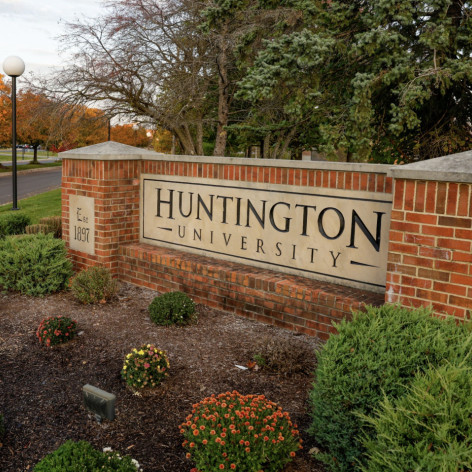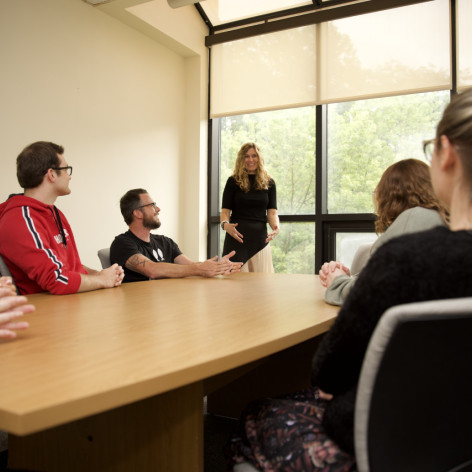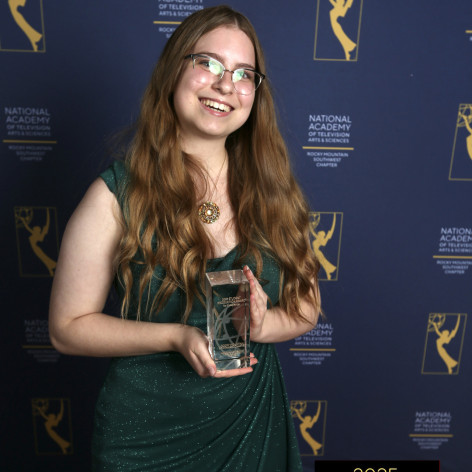Wilson Gallery to showcase ‘Treasure Planet’ works
FOR RELEASE: Thursday, October 26, 2006
Huntington, Ind.-Works created by Michael Spooner as part of the visual development for Walt Disney's "Treasure Planet" will be featured in Huntington University's Robert E. Wilson Gallery. Spooner describes "Treasure Planet" as the most rewarding project he worked on for the Walt Disney Company.
"The scope of the project and its overall design needs were challenging to say the least, and I realize it demanded of me to reach beyond my best," he said.
The exhibit will run from Nov. 8 to Dec. 10, and an artist reception will be held from 6-7:30 p.m. on Nov. 8 in the gallery, located in Huntington's Merillat Centre for the Arts.
Spooner owns Spoonerville Animation Design, an independent visual development studio in Naperville, Ill., providing both traditional and computer-generated imagery design concepts for clients such as Ah Ha! Studios, Reel FX Creative Studios and Walt Disney Animation Studios.
Prior to running his own business, Spooner served as visual development artist and production designer for Walt Disney Television Animation, head of the production layout team for Disney's "A Goofy Movie," art director for Warner Brothers' "Quest for Camelot" and vice president of visual development and artist education for Big Idea Productions, home to "VeggieTales." In addition, he worked as an independent consultant on Disney's "Dinosaurs," "Treasure Planet," "Lilo & Stitch" and "The Emperor's New Groove" as well as Dreamworks' "Shrek."
The Wilson Gallery is open weekdays from 9 a.m. to 5 p.m., before and after all Merillat Centre performances, and by appointment. For further information, contact gallery director Rebecca Coffman at (260) 359-4272 or rcoffman@huntington.edu.
The visual development process as described by Michael Spooner:
Definition: So what is visual development, anyway? On any given feature-length animated film, it is during the visual development phase that preproduction exploration is made in order to conceptually and visually discover the world in which the story sets and the characters who occupy it. Though challenging, it is also incredibly fun and creative. And it is often the visual development team, though by far not the only creative players on a film, who are envied for their part to play.
Step One: The art created in visual development breaks ground at the beginning of a production. It explores all the possibilities in what is called "blue-skying," where the sky is the limit, and imagination runs wild. Here is where art and story often will influence one another. The directors and the story team work ideas back and forth with visual development, influencing one another while shaping the story.
Step Two: However, this important exploration does not last forever, and as the story is tightened up, soon the directors and art directors begin the need to focus on workable design solutions that better fit the story. Wonderful creative idea sketches are now filtered through, thrown out, combined or redeveloped in order to fit the director's vision.
Step Three: The final step in visual development is to bring all character, location and animation prop designs into a clearer production design solution. It is at this stage, led by the art directors, where lead animators and background artists participate with selected visual development artists in bringing the designs into a final production style.



